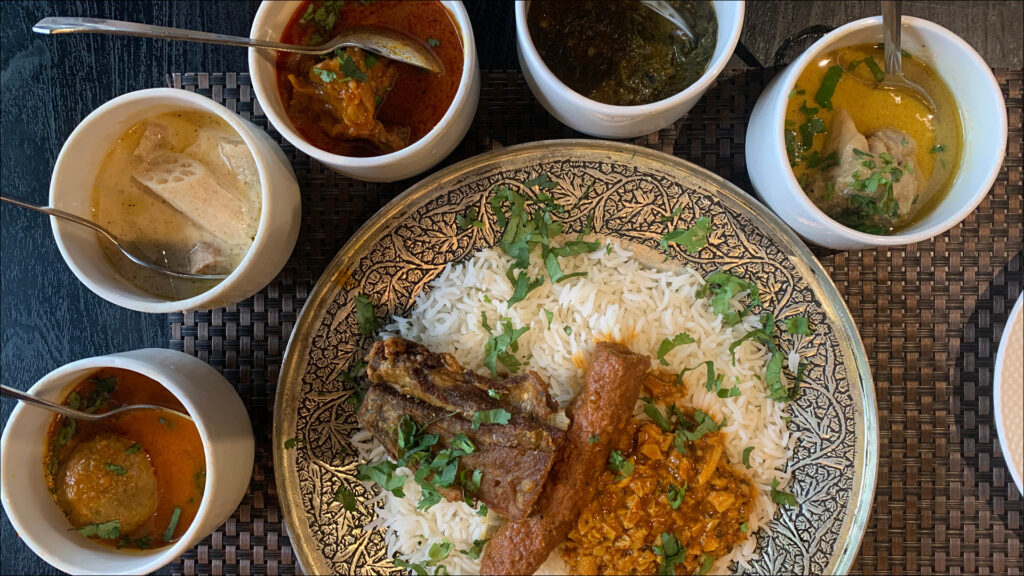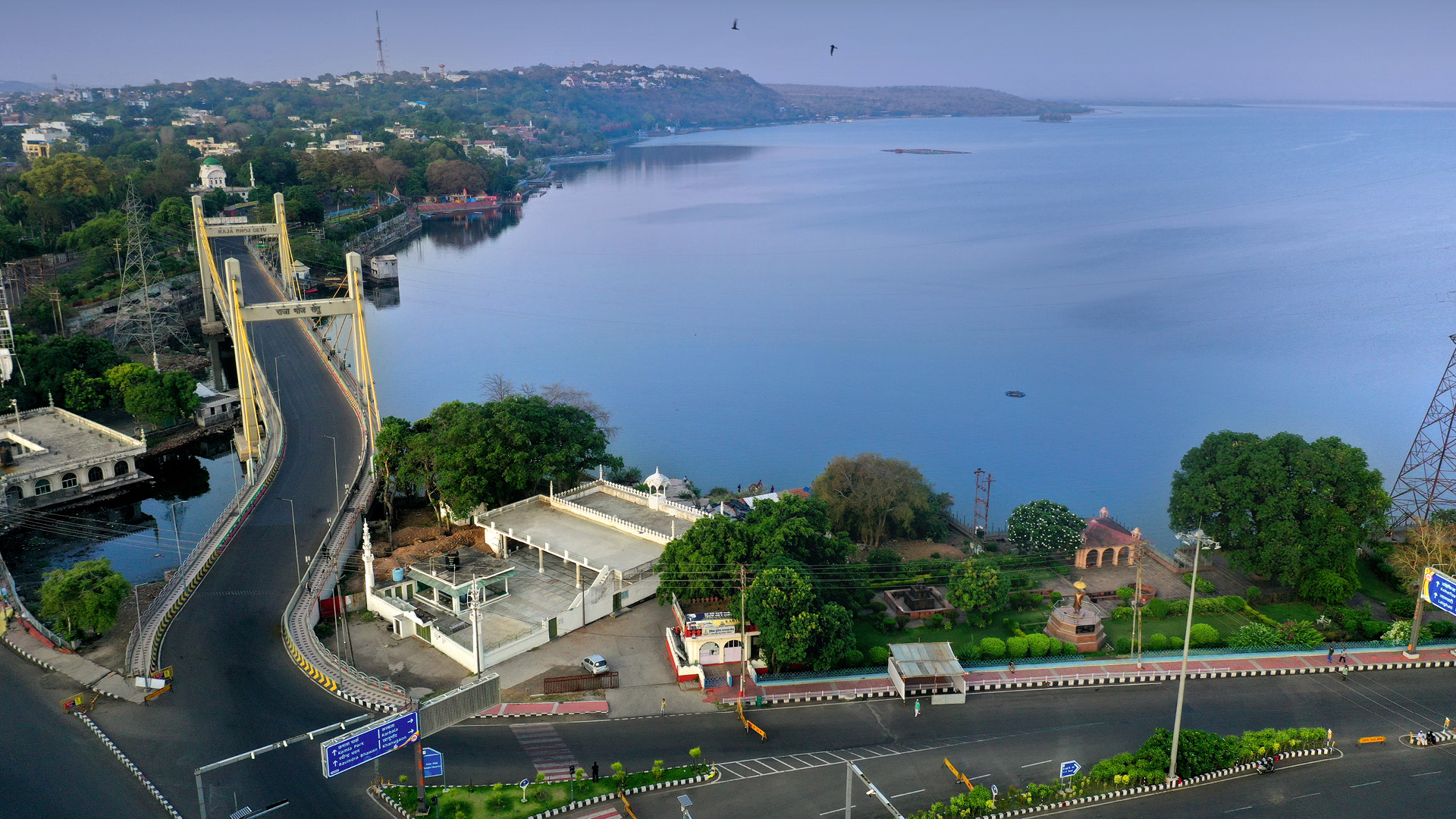From dried cockscomb flowers and fresh lotus stems to freshly baked breads, succulent kebabs, and chargrilled trout, Kashmiri cuisine is a veritable smorgasbord of unique flavours.
By ANUBHUTI KRISHNA
“YOU CAN HOLD THE KEBAB WITH THE bread and pull it down, it will become like a roll. But don’t put the chutney in it, that will make the bread soggy!” The man at the adjoining table instructs as he notices me fumbling with the meat served on a hot-iron skewer. I follow his advice and soon have a beautiful roll in my hand,
without burnt fingers!
Ironically, food was the last thing on my mind when I decided to travel to Kashmir. But my maiden trip to Srinagar opened my eyes, and palate, to a world of a diverse, distinct cuisine. My tryst with the fresh, delicate, and novel flavours of this mesmerising land began as soon as I checked in to Nadis, a pretty boutique property and my abode for four days in the capital city. My welcome drink was a cup of kahwa.
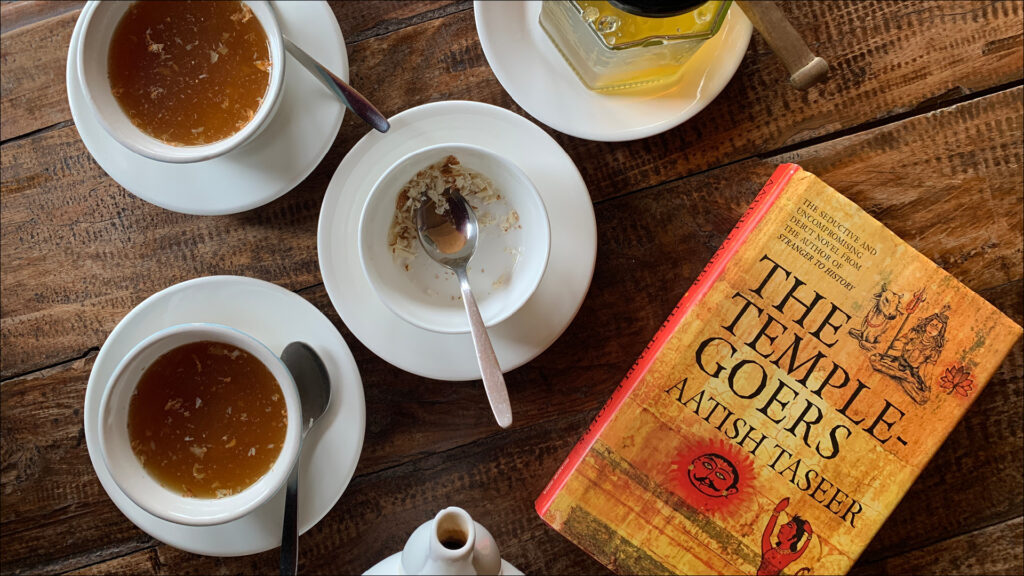
And though I had heard of it, in my mind it was merely another variation of tea. Imagine my surprise when I discovered that authentic Kashmiri kahwa doesn’t have tea in it! Instead, it’s prepared by adding cinnamon and cardamom to simmering water and finishing it with a strand of saffron. While there are versions that include green tea leaves, I am tempted to try the traditional concoction.
The kahwa is presented in a dainty porcelain teapot along with a bowl of slivered almonds and a jar of fresh local honey. Pouring the steaming, blush-coloured liquid into my small cup is an unexpectedly therapeutic experience. I add a teaspoon of almonds and swirls of fragrant honey to the mix, and stir it slowly, taking in the aroma. With my first sip, I taste the sweet flavours of cinnamon and saffron, with a kick of green cardamom. The almonds add a bite that I have never associated with any beverage and the honey warms my soul. And I know almost instantly I am in for a treat in Kashmir.
STREET CHRONICLES
My food journey begins as I make my way to the heart of the city, where I find Khayam Chowk. Renowned for its impressive variety of kebabs, it has been highly recommended to me by almost everyone who has been to Srinagar. Clouds of billowing smoke waft from charcoal grills even as a sea of people queue outside a seemingly endless row of stalls lining this street. And it is here, in a tiny place named Bistro, that I will eventually meet the gentleman who guided me on the proper way to make a kebab roll. But before that, I order a mutton seekh kebab, a fish tikka, and some chicken tikka. The food arrives soon: kebabs on searing hot skewers, a plateful of chutneys, and some lavash bread.
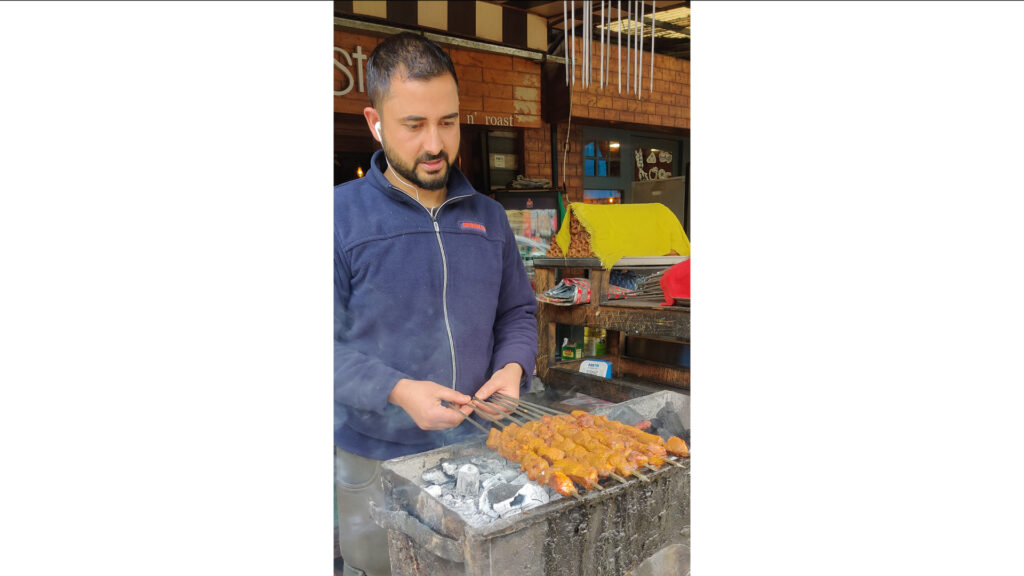
I take a bit of the roll I folded and am instantly intrigued! The charcoal grilled kebabs have negligible spiciness, resulting in a much more intense meaty flavour than I was expecting. The chicken is succulent, effortlessly falling apart at the slightest touch, while the fish is flaky and soft enough to melt in my mouth. The mutton seekh, called seekh tujji, by contrast, is dense and chewy—a texture I do not typically associate with kebabs. The reason for this, the same gentleman tells me, lies in the unique Kashmiri practice of hand pounding the meat with a wooden mallet, which not only imparts a stretchy consistency but also enhances its flavours. It’s the chutneys, however, that interest me the most. Quite a few to choose from, they are prepared by blending yogurt with an assorted range of ingredients such as grated radish, carrot, and ground walnuts, to name some, and they look and taste like a relish. While I would have preferred them spicier, they do help cut the meatiness of the kebabs.
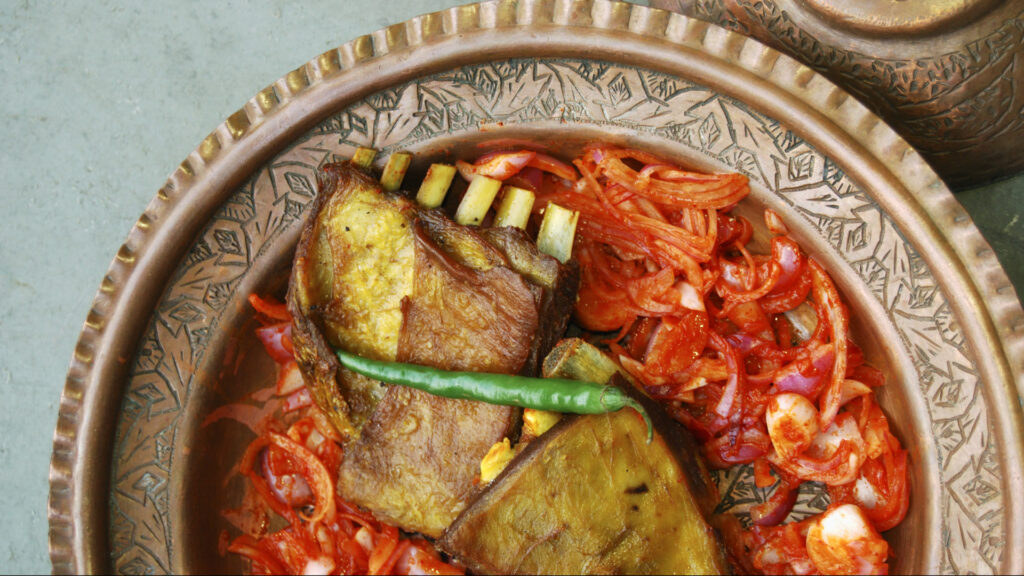
The next day, I head to another must-try food stop. This 104-year-old restaurant, on the upmarket Residency Road, is where I find spicier kebabs and curries that are much oilier. Unlike any other places in Srinagar, Ahdoos has its own Wazas (cooks skilled in
making Kashmiri Wazwan or feast). Traditionally, a Wazwan is reserved for special occasions and features up to 36 dishes. Here, it is made daily with select options. I opt for gushtaba (meatballs in yoghurt gravy), rista (meatballs in red curry), tabak maaz (fried lamb ribs), and pulav (flavoured Kashmiri rice). Even though the curries appear heavy and oily, they turn out to be mild, light, and easy on the palate. And oh-so delicious. In a matter of minutes, I literally lick my plate clean.
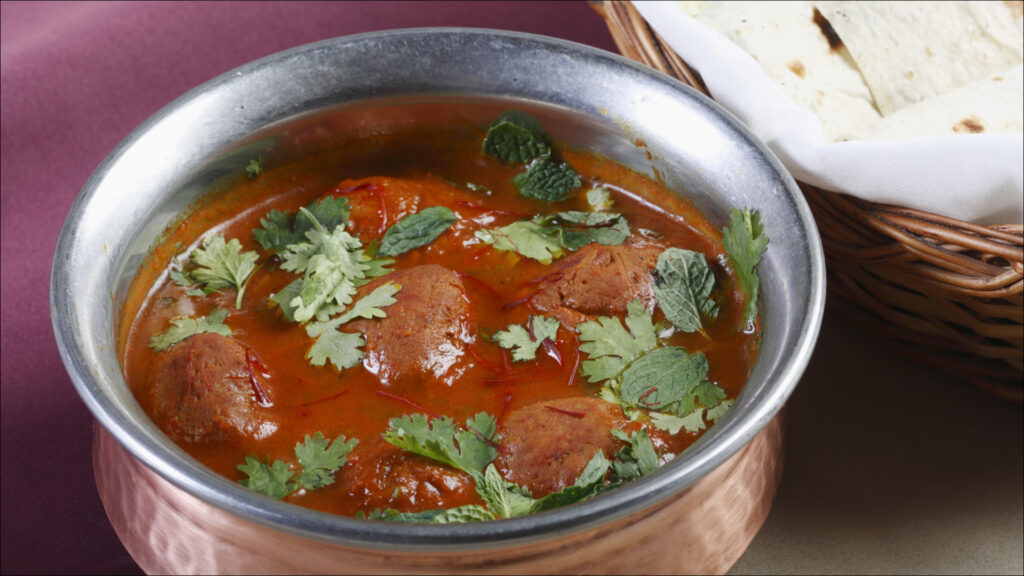
A TASTE OF HOME
“Like all regional cuisines, Kashmiri food has its own intricate nuances. You can categorise it into Pandit and Muslim variations, as well as home-style and ceremonial dishes, each cooked in a distinct manner,” my host Amara Reshi tells me, as I prepare to try an authentic home meal at Nadis.
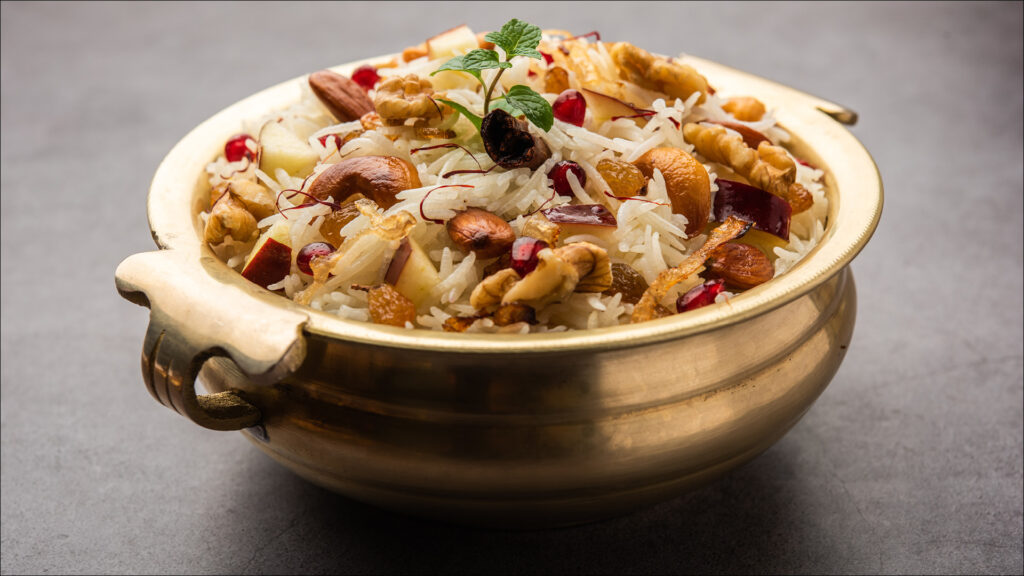
My first repast here includes nadru yakhni, haak, and chicken kanti, all served with Kashmiri rice. While the chicken, cooked with tomatoes and onions is hearty, it’s the vegetables that truly shine through. The nadru yakhni (lotus stems cooked in yogurt with hints of fennel, cardamom, and bay leaf) has barely any oil or chilli; the haak (locally grown collard greens) is wok tossed with garlic and has an astringent flavour and velvety texture. Together they pair beautifully with the plump, fragrant rice. In all, these are spectacular reminders of how food tastes best in its natural environment.
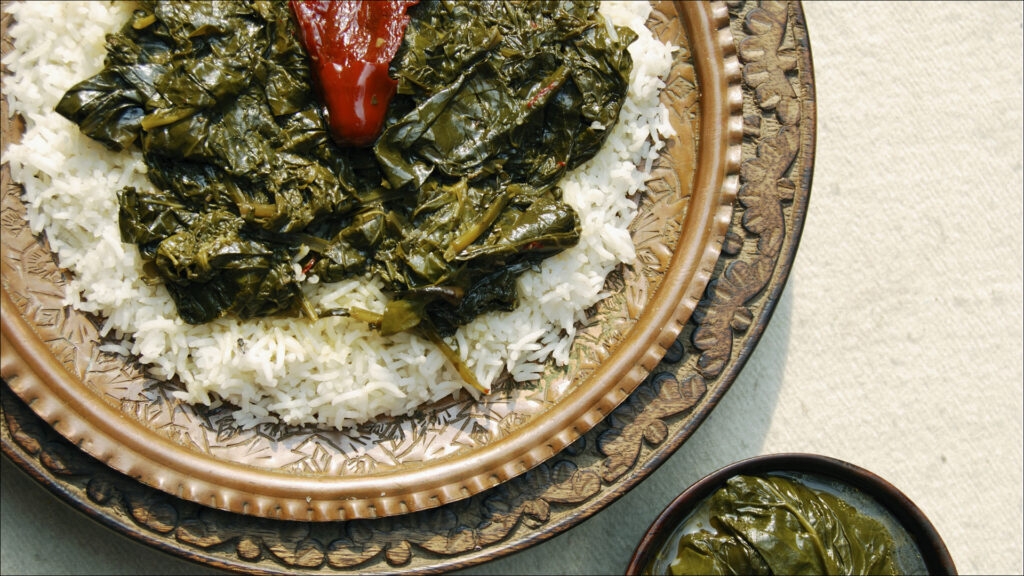
BREAD TAKEAWAYS
The final item on my list was visiting the traditional bread bakers who have resided here for centuries. And I found them in the old city. “A kandur (baker) is the most important person in the neighbourhood; if he doesn’t open his shop, no one gets to eat!” My guide, Muzzafar Shah, quips as we walk to a hole-in-the-wall bakery that has turned black with soot. Inside, three young men toil diligently: one kneads the dough, another skillfully rolls it and places it in a tandoor-like oven, and the third stacks the finished breads in a corner. It’s the last one who hands me a piping hot tchot (kind of bread) to taste. It’s wonderfully warm and hearty. And I wonder how lovely it would taste with butter or soup, or both.
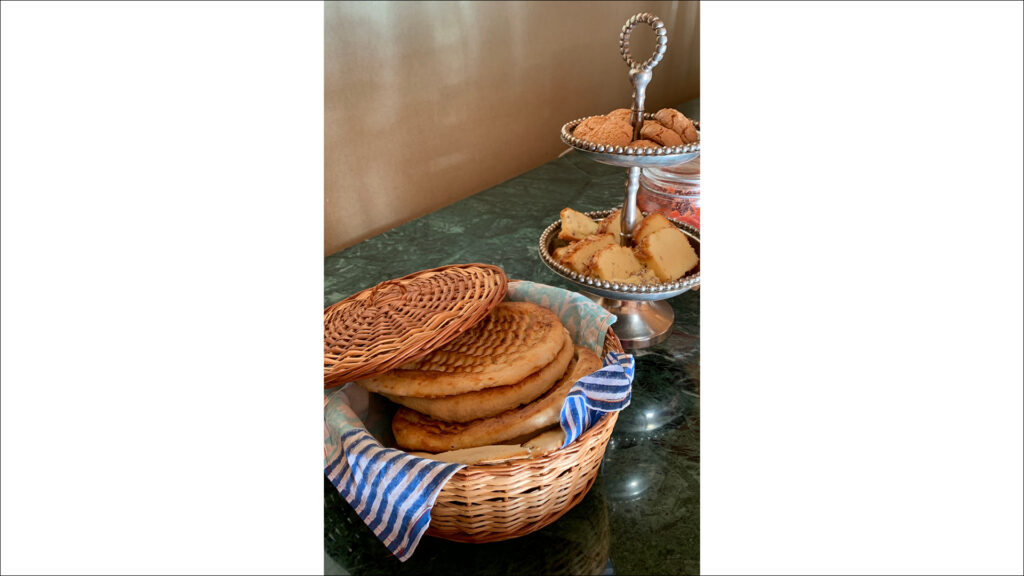
Almost on cue, I find the same tchot at dinner. The spread consists of grilled trout (cooked with homemade almond butter), chicken soup, and pasta. Served on the side, the toasted tchot is slathered with garlic butter. As I bite into it, I think of all the glorious meals I have enjoyed in Kashmir. And I cannot wait to return for more.
Related: Exploring Cinque Terre Through 6 Hyperlocal Culinary Delights

